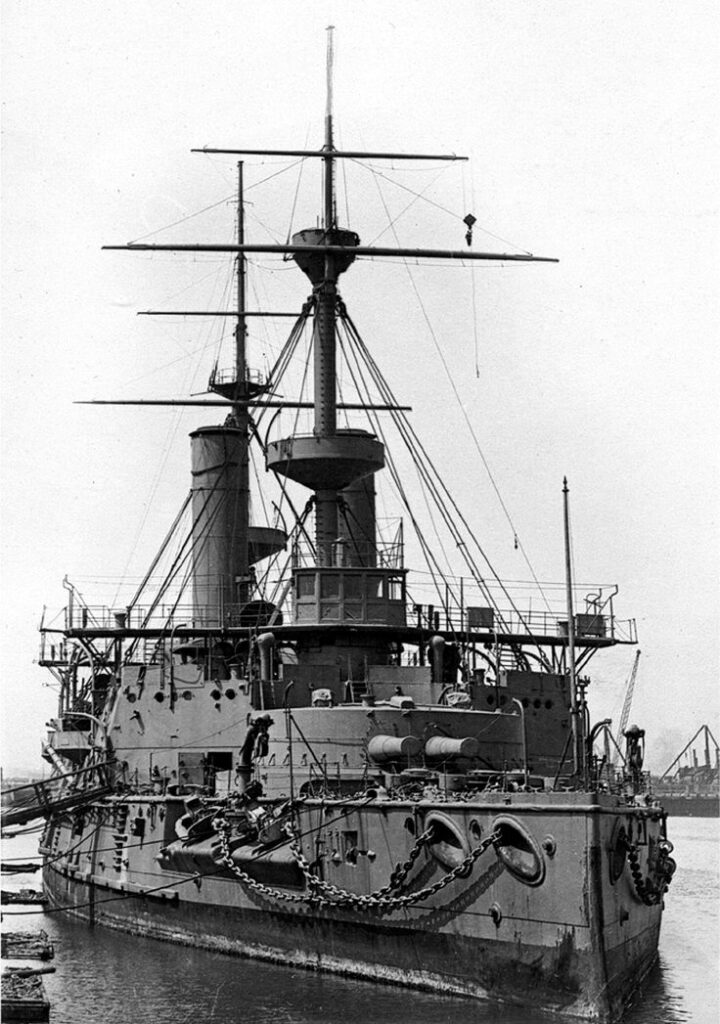
My second wreck dive 01st September 1991 and only my 17th dive…this was a TIDSAC dive and my buddy was Gary Horton, another squaddie from the Tidworth Garrison, although I don’t recall his unit or cap-badge, not that that matters! We were using the club RIBs and I had been told there would be some current on the surface so we needed to be “under” sharpish, or we would run the risk of being taken over the wreck and into the harbour, where there was very little to see on a muddy flat bottom……incentive, I like it! HMS Hood was a Royal Sovereign Class Battleship (built before the Dreadnoughts of WWI era) and served largely in and around the Mediterranean (Med) from what I can gather. Here’s some of the facts & figures for those who love detail: Hood was 125m long and 23m across sitting 8.7m when fully loaded and displacing 15000 tonnes, with a crew of 690 officers and enlisted men. When built she cost the Admiralty just under £1m and was the last of 8 Royal Sovereign Class Battleships, being commissioned 01st June 1893 and serving until her eventual de-commissioning in 1911, just 3 years before the outbreak of WWI (Wikipedia)
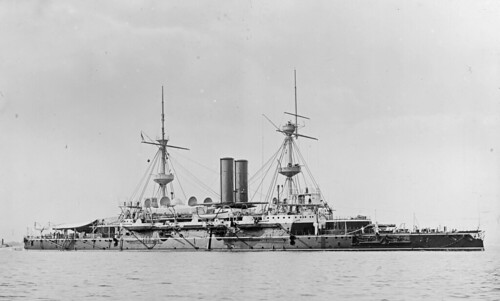
HMS Hood never saw real combat, the time of her service was largely peaceful, and her days were spent showing the flag around the Med, on behalf of the Crown, at a time when Britannia very definitely ruled the waves. Ships like HMS Hood were built to ensure things stayed that way, and their time on exercise and sailing, at will, into foreign ports sent a message to any would be “upstart” nations…. HMS Hood did however take part in the bombardment of Crete following the Greek uprising of 1897, being a member of the “International Squadron”, alongside ships from Austro-Hungary, Russia, France and Germany……kind of Ironic really, as HMS Hood’s ignominious end saw her sunk, as a block to potential German U Boat attacks on the British Fleet, within the harbour at Portland, at the outbreak of WWI in 1914. Even more ironically HMS Hood’s Bell, her heart in the eyes of those serving on her, was passed to her namesake, the Admiral Class Battlecruiser nicknamed “The Mighty Hood”, lost to the Bismarck in the Denmark Straight May 24th 1941
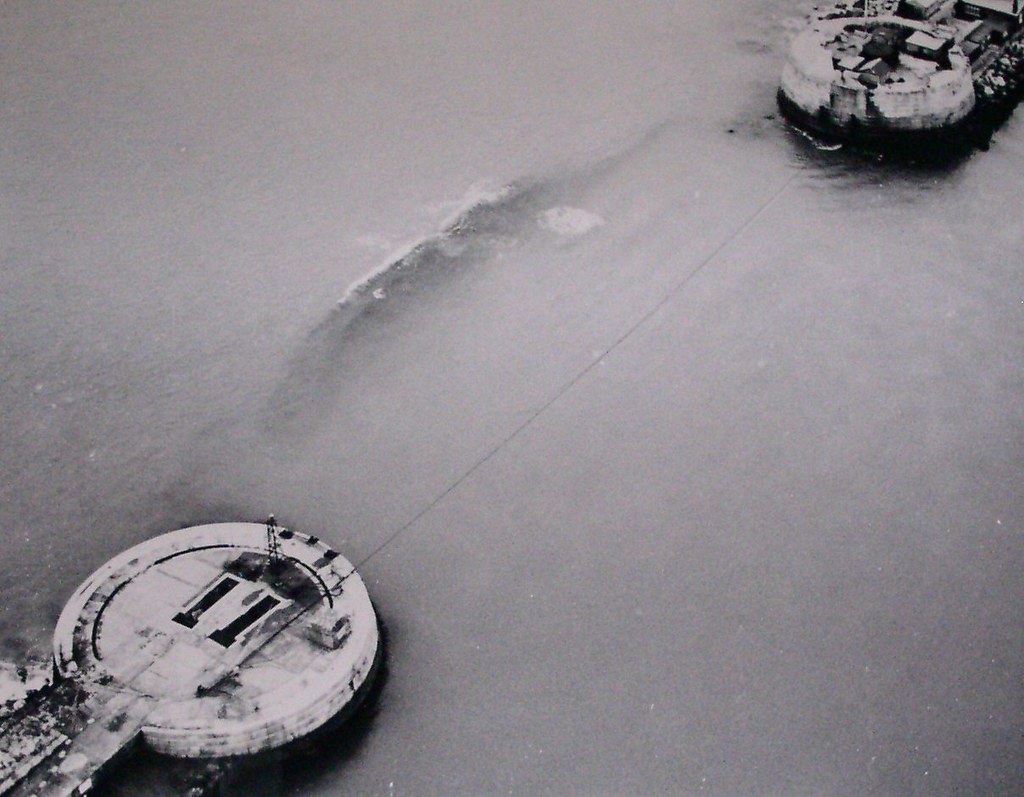
Diving the Hood is quite something, she was stripped prior to her sinking in 1914 and she has obviously settled in to the seabed considerably over the following 76 years. HMS Hood, you must understand, is an immense ship, imagine her as a submerged 30 foot high wall of steel, almost completely spanning the harbour’s Southern approach. The ebb and flow of Portland’s 2.4m spring tidal range means considerable amounts of water pass in, and then out of the harbour, creating quite a current between the breakwater barbettes. There is an imposing chain stretching between these massive, stone block constructed, towers as if the rush of water over the up-turned hull is not enough to impress! TIDSAC had towed the 2 RIBS down for a weekend at Portland and we stayed at the Breakwater Pub, a favourite haunt of the crew of small fishing craft locally, and divers everywhere. The Breakwater sits opposite the small pebble beach, facing what became the Aqua-Sport Hotel, started, owned & run for a generation by a good mate of mine Eric “Budgie” Burgess. At the time I first dived HMS Hood the building was practically derelict, and Budgie was operating his RIB from the Breakwater. I would spend many Wednesday afternoons diving from Budgie’s RIB over the 6 years I was in Tidworth, but more of that in other pieces……

The trip out from the Breakwater beach at Castletown was an easy 10 minute affair, you had to observe the 5 knot speed limit within the Harbour, or risk the wrath of the Harbour-Master and a potential fine. There was no rush and we were soon at the land side Barbette, where the huge chain links rose above us to a great big ring set in the stonework. This was my first dive with Gary but he was a likelable diver, far more experienced than I was and I was happy with that, we rolled easily over the side of the RIB and without much ceremony, gave a quick OK signal and dumped all our air from our stab-jackets, descending quickly to settle on the bottom at about 6m. We sorted ourselves out a little, gave reassuring OK’s, and Gary led the way as we saw the massive hull, upturned (up-side down), to our Left side and swam deeper and towards her. The visibility was somewhere around 5m so we were lucky, it’s difficult to describe more than the feeling that I was next to a massive Iron & Steel “Tower Block”, and swimming along it past kelp and spider crabs, small Wrasse and debris, in amongst the odd rocks strewn around the seabed. I have dived the Hood several times since and seen far more than I remember on this dive, there are easy penetration points, where the superstructure is holding the deck above the sea-bed, there are bollards plain to see and latterly, as I got bolder, there were swim through’s which I enjoyed, even if they gave an impending sense that, at any moment, the Hood may just collapse down on me. But on this first dive we saw little but the immense sides of what had been Hoods hull, and the 35 minutes we spent swimming along, and then turning back on ourselves, so we were away from the shore when we surfaced, making the RIB recovery a little easier, were unremarkable, and eventually appeared in my wreck book as “pretty low key“….. Portland has a lot to offer the diver and none-diver alike, walking the “Bill” is great fun and Chesil beach is a wonderful natural history and wildlife magnet, I can strongly recommend the little Portland Museum, which holds many items from local wrecks and is a great source of information on them too…..
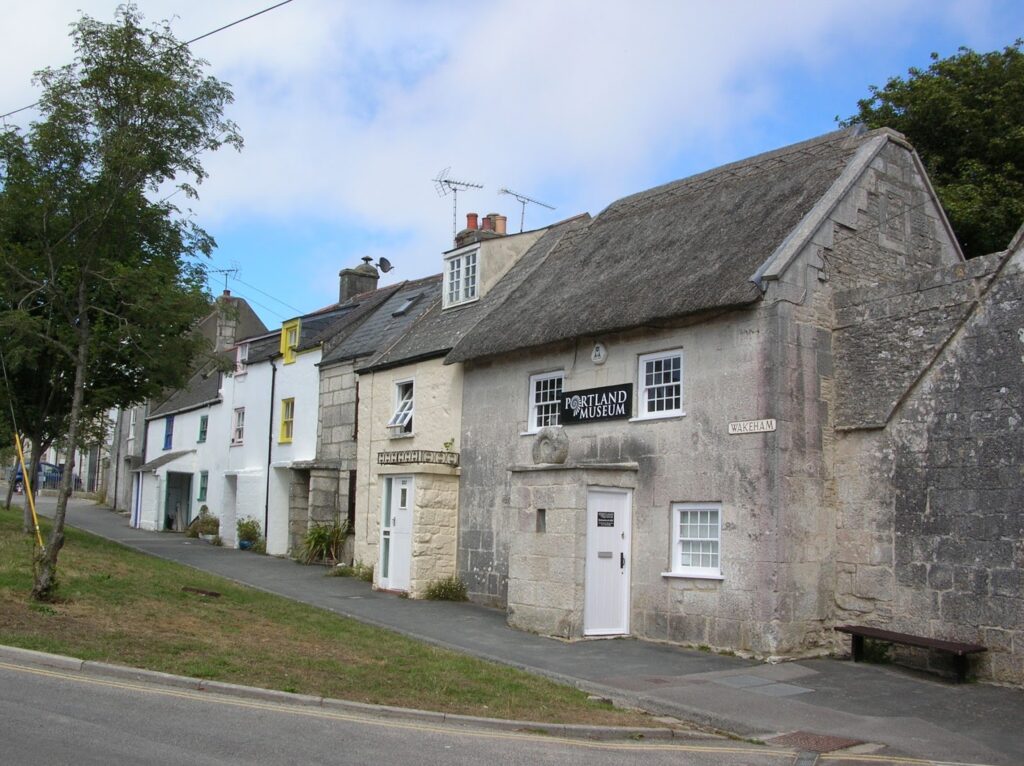
I was to dive HMS Hood on several more occasions and enjoyed each dive rather more than I had the first. I got to love her and to look forward to getting back to Portland, the harbour has many attractions and a few more wrecks too, but it was a real disappointment to find that in January of 2004 all diving on HMS Hood was stopped by order of the Harbour Authorities. The excuse given was that HMS Hood was becoming unstable, and that the fear of accidental death was becoming evermore likely to divers on her. I cannot comment on ulterior motives for such a ban, it is unique as far as I know throughout the UK and it’s waters, and a dangerous precedent in terms of sport diving. I had heard from divers locally that plates on Hood’s hull were visibly moving in high swells, but that is not unheard of in shipwrecks across the globe. I had also heard that the massive engines, which some divers had found access routes to, were about to come adrift from the hull and would inevitably drop to the sea-bed from above, but that is often the case inside ship-wrecks, where all kinds of fixtures and fittings dislodge and can injure or kill the unwitting or unlucky. I loathe over-regulation, the pathetic “nanny” state tactics where we are all “a danger to ourselves” if we are allowed anything more than bottle feeding, whilst wrapped in cotton wool……..I like to make my own assessments of what presents a danger to me, whatever I am doing, and I am completely against such a ban, it is long overdue overturning in my opinion…..I’d love to dive HMS Hood again and know many others who remember her fondly would too!
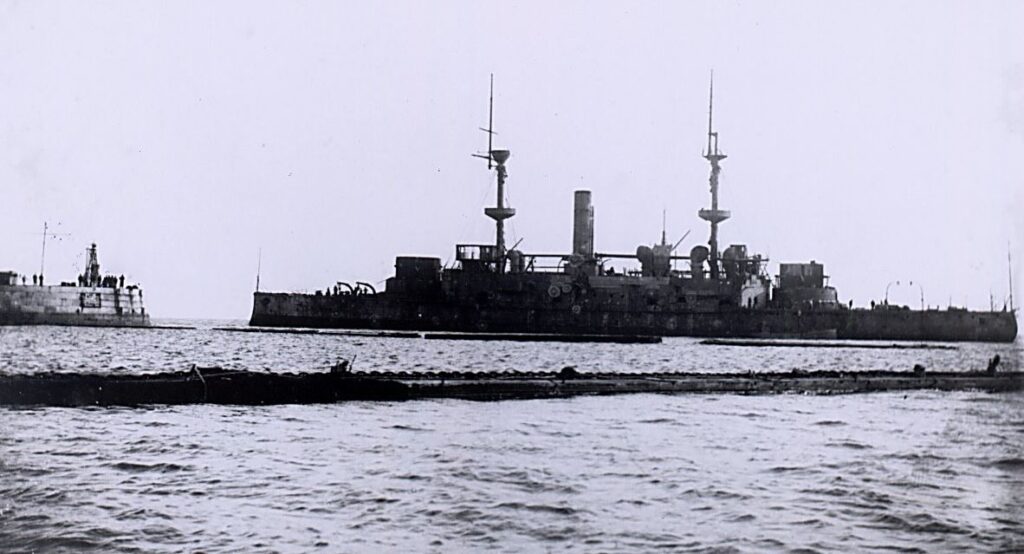

Good Evening,
We are looking for permission to use parts of your excellent article in our in-house Magazine , “Chough” for the Xmas issue
Barry, I’m just looking through my dive log to see if there were any other interesting dives on HMS Hood, I’ll get back to you if I find anything you might find useful
Best Regards
Colinj